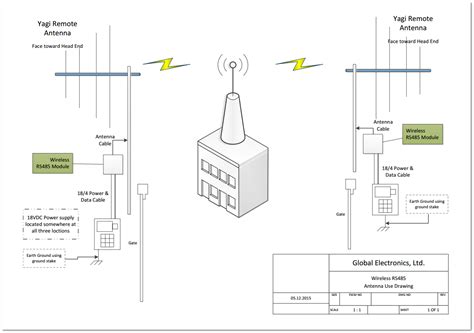
will rs485 survive wireless communication technology
What is RS485? RS485, also known as TIA-485-A, is a standard defining the electrical characteristics of drivers and receivers for use in serial communications systems.[…]
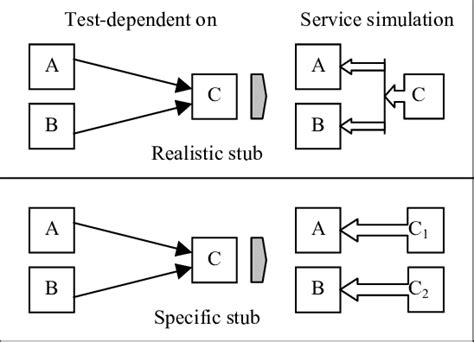
your complete guide stub analysis
What is Stub Analysis? Stub analysis is a software testing technique that involves creating a simplified version of a component or module, known as a[…]
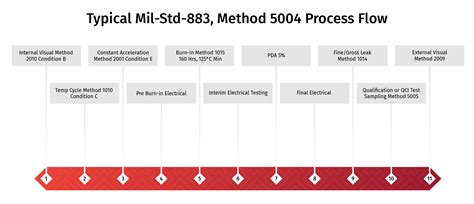
young designer hits her stride mil aero company
Introduction In the fast-paced world of military and aerospace (mil-aero) engineering, it takes a special kind of talent to stand out from the crowd. Meet[…]

world class electrical engineering courses with rolf ostergaard
Introduction to Electrical Engineering with Rolf Ostergaard Electrical engineering is a field that deals with the study and application of electricity, electronics, and electromagnetism. It[…]
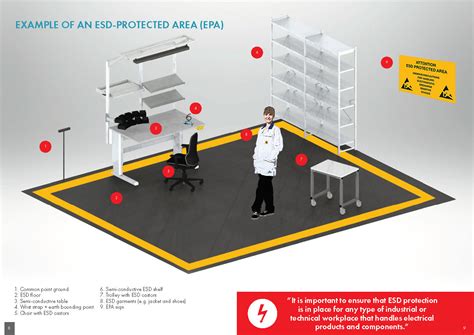
workspace esd protection
What is ESD and Why is ESD Protection Important? Electrostatic discharge (ESD) is a sudden flow of electricity between two electrically charged objects. It can[…]
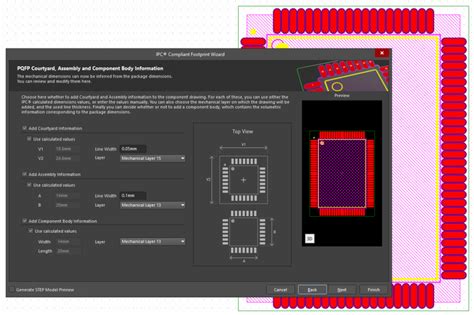
working ipc compliant footprint models
What are IPC Footprint Models? IPC footprint models are standardized layouts for electronic component packages, defined by the Association Connecting Electronics Industries (IPC). These models[…]
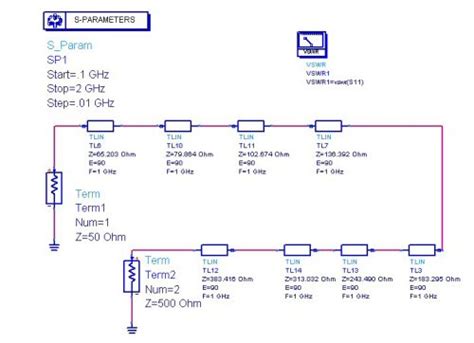
quarter wave transformer design real and reactive loads
Introduction to Quarter-Wave Transformers A quarter-wave transformer (QWT) is a type of impedance matching device used in radio frequency (RF) and microwave circuits to match[…]
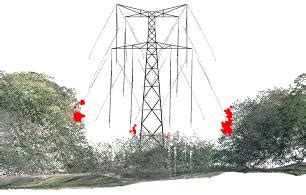
alternatives tem mode transmission line
Introduction to Transmission Line Alternatives Transmission lines are essential components in modern communication systems, enabling the efficient transfer of electromagnetic energy from one point to[…]

Electrical Engineering-Top 50 Resources for Electrical Engineers
Educational Resources Online Courses and Tutorials MIT OpenCourseWare (OCW) – Electrical Engineering: MIT OCW offers a wide range of free online courses in electrical engineering,[…]
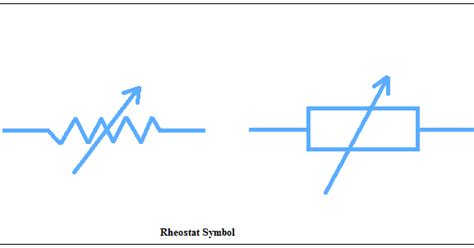
Difference Between Potentiometer and Rheostat: A Comprehensive Comparison
Introduction In the world of Electrical Engineering, two commonly used devices are potentiometers and rheostats. While both are variable resistors, they serve different purposes and[…]